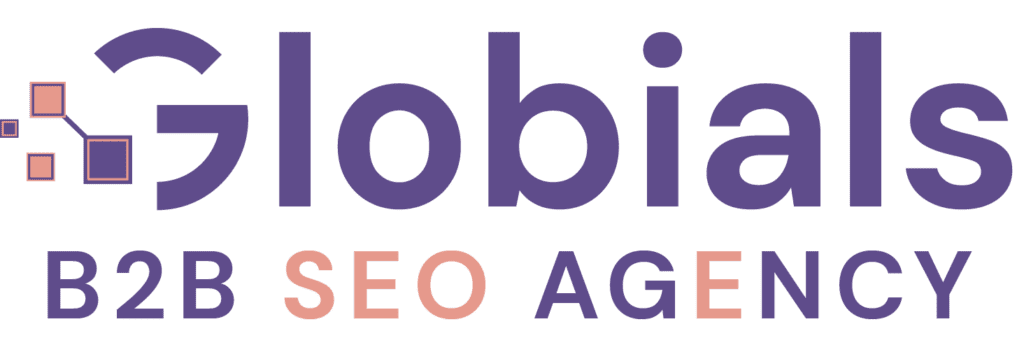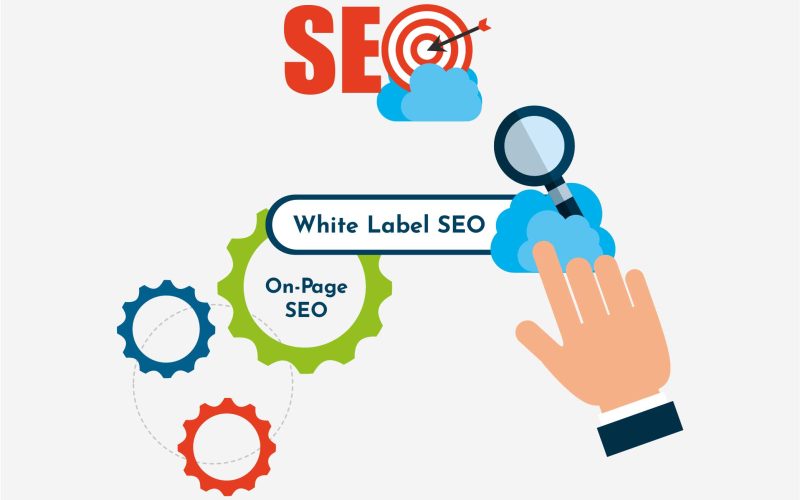White label on-page SEO refers to optimizing individual web pages to improve search engine rankings and attract more organic traffic. It involves utilizing various techniques and strategies to improve your website’s exposure on search engines like Google, Bing, and Yahoo.
When you use it, you optimize your website’s on-page elements, such as content, meta tags, headings, URLs, internal linking, and more. You may improve your website’s relevance and exposure, increasing your chances of appearing higher in search engine result pages (SERPs).
Understanding On-Page SEO
Before diving deeper into white label on-page SEO, it’s essential to understand the concept of on-page SEO. Optimizing various parts of a web page to increase its exposure and relevance to search engines is known as “on-page SEO”.
These elements include:
- Content: Creating high-quality, informative, engaging content that aligns with the user’s search intent.
- Meta Tags and Descriptions: Crafting compelling meta titles and descriptions that accurately represent the page’s content and entice users to click through.
- Headings: Structuring the content with headings (H1, H2, H3, and so on) to improve readability and help search engines understand the hierarchy and context of the page.
- URLs: Optimizing the URLs by including relevant keywords and making them descriptive and user-friendly.
- Internal Linking: Linking relevant pages within your website to help search engines understand the website’s structure and hierarchy and provide users with additional resources.
- Image Optimization: Optimizing images by compressing them, using descriptive filenames, and adding alt tags to improve accessibility and search engine understanding.
- Mobile Optimization: Ensuring that your website is responsive and provides a seamless user experience across different devices.
- User Experience and Site Speed: Optimizing your website’s performance, speed, and navigation to enhance user experience and reduce bounce rates.
- Schema Markup: Implementing schema markup to provide additional context to search engines and increase the likelihood of rich snippets appearing in search results.
The Benefits of White Label On-Page SEO
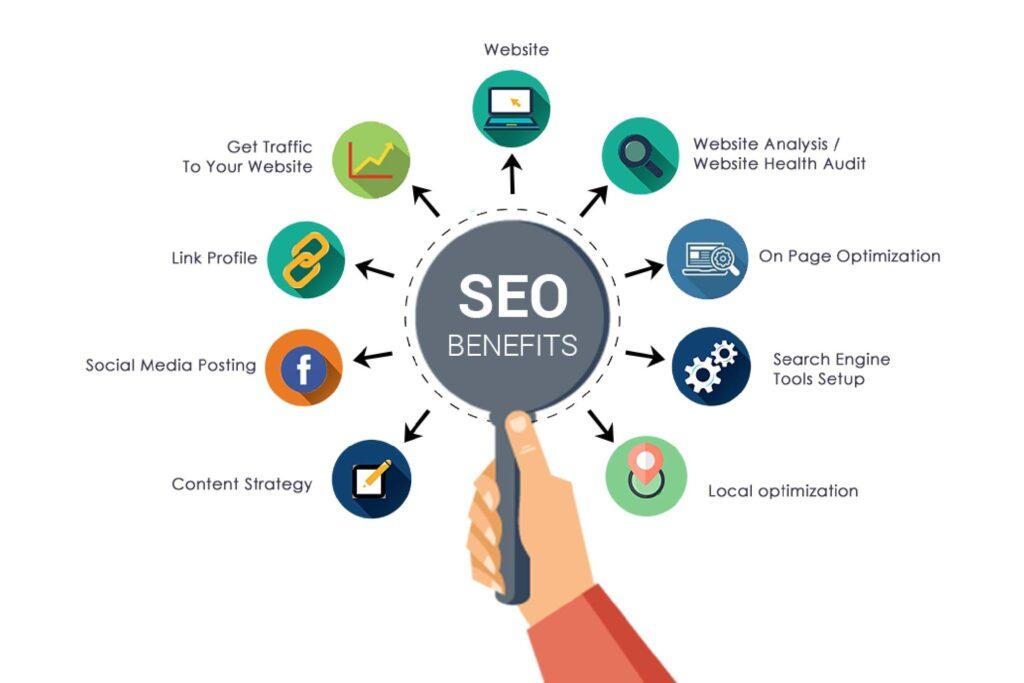
Implementing white label on-page SEO techniques offers several benefits for your website’s rankings and overall online presence. Consider a handful of the primary advantages:
1. Improved Search Engine Rankings
On-page SEO’s main objective is to raise your website’s search engine ranks. By optimizing your on-page elements, you increase your website’s visibility and relevance, making it more likely to rank higher in SERPs.
Your website becomes more visible to consumers who are actively looking for information or solutions connected to your industry when it ranks higher in search results. This increased visibility can lead to a significant boost in organic traffic and exposure for your website.
2. Increased Organic Traffic
With improved search engine rankings comes an increase in organic traffic. Organic traffic refers to visitors that arrive at your website via organic (or unpaid) search engine results. You might attract consumers who are genuinely interested in what you have to offer by adding quality content to your website and optimizing it for relevant keywords.
Organic traffic is precious because it comprises users actively interested in a specific topic or query. By focusing on it, you can attract more targeted organic traffic and increase your chances of converting visitors into customers or subscribers.
3. Better User Experience
In addition to appeasing search engines, on-page optimization aims to improve user experience. You may provide your website’s users with a seamless and delightful experience by optimizing your website’s content, structure, and navigation.
An optimized website loads quickly is simple to use and offers consumers helpful information. By prioritizing user experience, you increase engagement, reduce bounce rates, and encourage visitors to explore your website more.
4. Long-Term Results
White label on-page SEO techniques provide long-lasting results. Once you implement effective optimization strategies, they benefit your website’s rankings and visibility over time.
While search engine algorithms may change, the fundamental principles of white label on-page SEO remain consistent. You can maintain and enhance the functionality of your website in the long run by keeping up with the most current best practices and making the required modifications.
Implementing White Label On-Page SEO Techniques
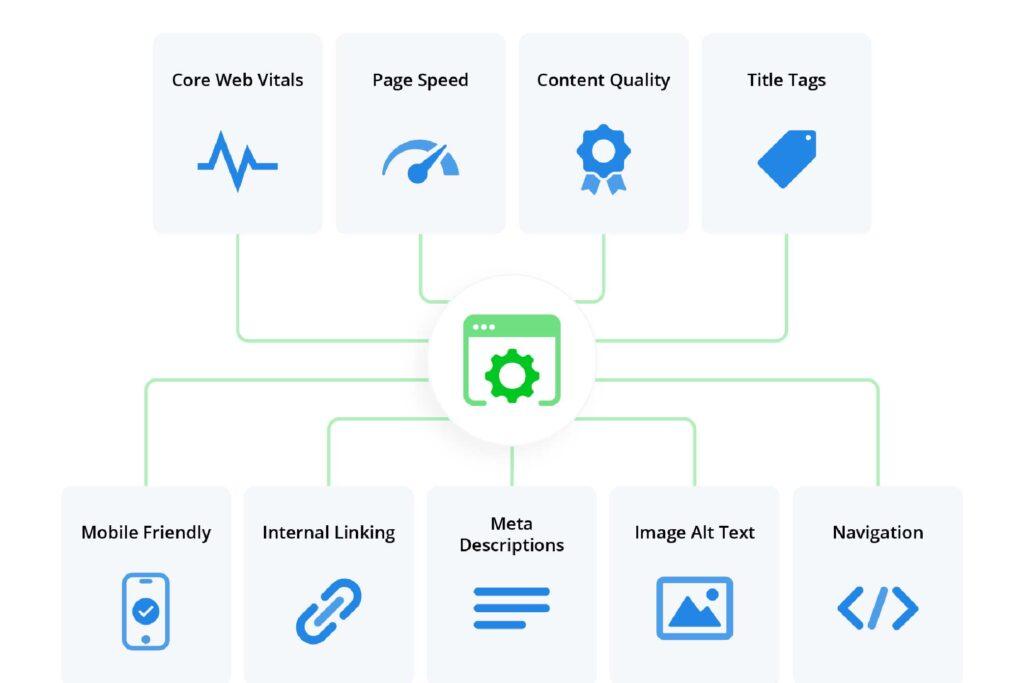
To harness the benefits of white label on-page SEO, it’s essential to implement various optimization techniques. Let’s explore some key strategies involved in this process:
1. Keyword Research and Optimization
Keyword research is the foundation of successful white label on-page SEO. You can optimize your website’s content and meta tags by identifying relevant keywords with high search volumes and low competition.
Start by conducting thorough keyword research to understand the search terms and phrases your target audience is using. Look for keywords associated with your content’s objectives and pertinent to your business or sector.
Once you have a list of target keywords, incorporate them naturally into your content, headings, and meta descriptions. Do not over-optimize or fill your website with keywords; doing so might hurt your search engine rankings.
Remember that the primary focus should be creating valuable and informative content that satisfies the user’s search intent. Use keywords strategically to enhance your content’s relevance to users and search engines.
2. Meta Tags and Descriptions
Meta tags and descriptions play a crucial role. These components give visitors and search engines precise details about your web pages.
Create intriguing meta titles and descriptions that correctly summarise your content and persuade readers to visit your website. Every page on your website needs a unique meta title and illustration corresponding to that page’s scope or goals.
When writing meta tags and descriptions, keep them concise and compelling. Include relevant keywords naturally, but ensure the text engages and encourages users to visit your website.
3. Optimized Content Creation
On-page SEO depends on producing entertaining, practical, and high-quality content. Focus on providing value to your audience and incorporate relevant keywords naturally throughout your content. To make your text easier to read and interpret for search engines, use headers (H1, H2, H3, etc.).
Make sure your material is trustworthy, well-researched, and speaks to the wants and requirements of your target audience. By producing valuable content, you increase the likelihood of attracting backlinks and social shares, enhancing your website’s visibility and authority.
4. Internal Linking
Internal links are connections between relevant pages on your website. It helps search engines understand your website’s structure and hierarchy while providing users additional resources and a seamless browsing experience.
When implementing internal links, choose anchor text that is descriptive and relevant to the linked page’s content. By interlinking your web pages, you spread link equity across your website and help search engines discover and index your content more efficiently.
5. URL Structure and Optimization
Optimize your website’s URL structure by including relevant keywords and making them descriptive and user-friendly. An organized URL may increase your website’s search engine presence and make it simpler for people to traverse it.
When creating URLs, use hyphens to separate words and keep them concise and descriptive. Avoid using numbers or irrelevant characters in your URLs, as they can make them appear less user-friendly and less optimized for search engines.
6. Image Optimization
Images play a crucial role in engaging users and improving white label on-page SEO. Compress, use descriptive filenames, and add alt tags to your photos to improve their performance. This enhances accessibility, improves page load times, and helps search engines understand your visual content.
When saving images, use descriptive filenames that include relevant keywords. Compress the images without sacrificing quality to ensure they load quickly and efficiently. Additionally, provide descriptive alt tags that accurately describe the image’s content for users who rely on screen readers or encounter image loading issues.
7. Mobile Optimization
In the mobile-first era, optimizing your website for mobile devices is essential. Ensure your website is user-friendly across all screen sizes, dashes on mobile devices, and responsive.
Mobile optimization involves designing your website to adapt to different devices and screen resolutions. This includes using responsive design techniques, optimizing images and media for mobile viewing, and prioritizing mobile-friendly navigation and user interface elements.
You accommodate the growing number of customers who use their smartphones or tablets to surf the internet and conduct informational searches by offering a mobile-friendly experience. This can significantly impact your website’s rankings and overall user satisfaction.
8. User Experience and Site Speed
User experience and site speed are vital for both users and search engines. By reducing page load times, enhancing navigation, and assuring simple access to proper material, you may improve the performance of your website.
A fast-loading website improves user experience and receives favourable rankings from search engines. Users expect websites to load quickly and provide immediate access to the information they seek. Therefore, optimize your website’s code, minimize unnecessary scripts, and leverage browser caching to enhance site speed.
Additionally, pay attention to navigation and site structure. Ensure that users can easily navigate your website and find the necessary information. A well-structured and user-friendly website encourages users to stay longer, explore more pages and increase the likelihood of conversions or engagement.
9. Schema Markup Implementation
Schema markup provides additional context to search engines about your website’s content. Implement schema markup to enhance your website’s visibility in search results and increase the likelihood of rich snippets, such as star ratings and product prices, appearing.
Schema markup uses structured data to provide detailed information about various types of content, such as articles, products, events, and reviews. By implementing schema markup, you help search engines understand your content better and present it more prominently in search results.
Monitoring and Analyzing On-Page SEO Performance
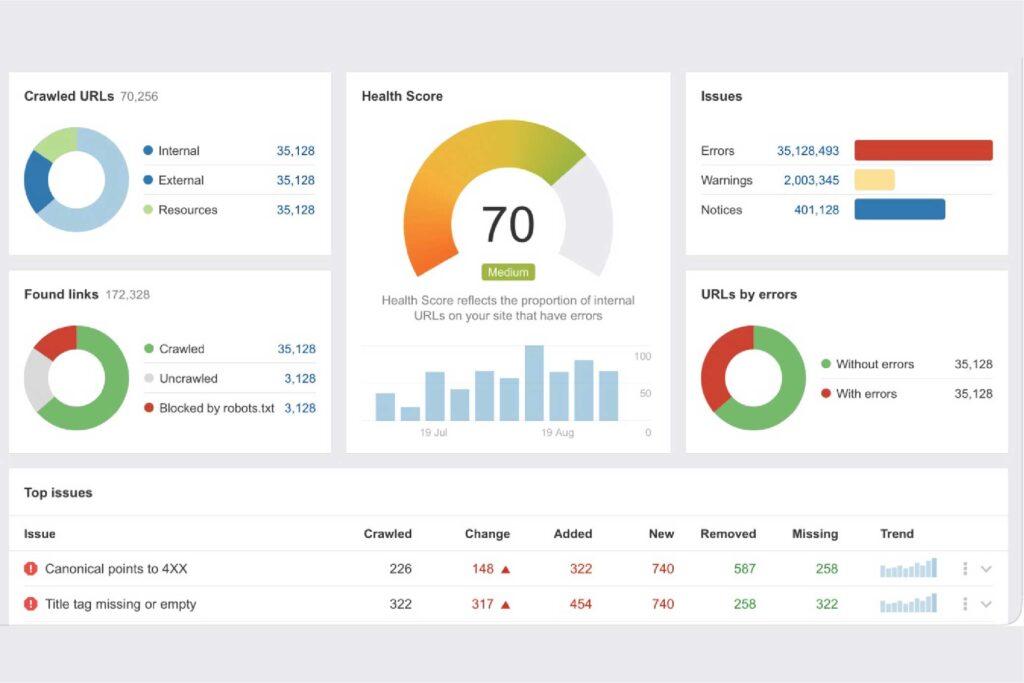
To ensure the effectiveness of your white label on-page SEO efforts, it’s essential to monitor and analyze your website’s performance. Use analytics tools to track key metrics such as organic traffic, keyword rankings, bounce rates, and conversion rates.
Regularly analyze your data to identify trends, opportunities for improvement, and areas that require attention. Adjust your on-page optimization strategies to align with your website’s goals and target audience.
Conclusion
White label on-page SEO is a powerful tool for boosting your website’s rankings and attracting organic traffic. You may strengthen your online presence, increase user experience, and achieve long-term success in the cutthroat search engine rankings by implementing effective optimization tactics and routinely tracking your performance.
